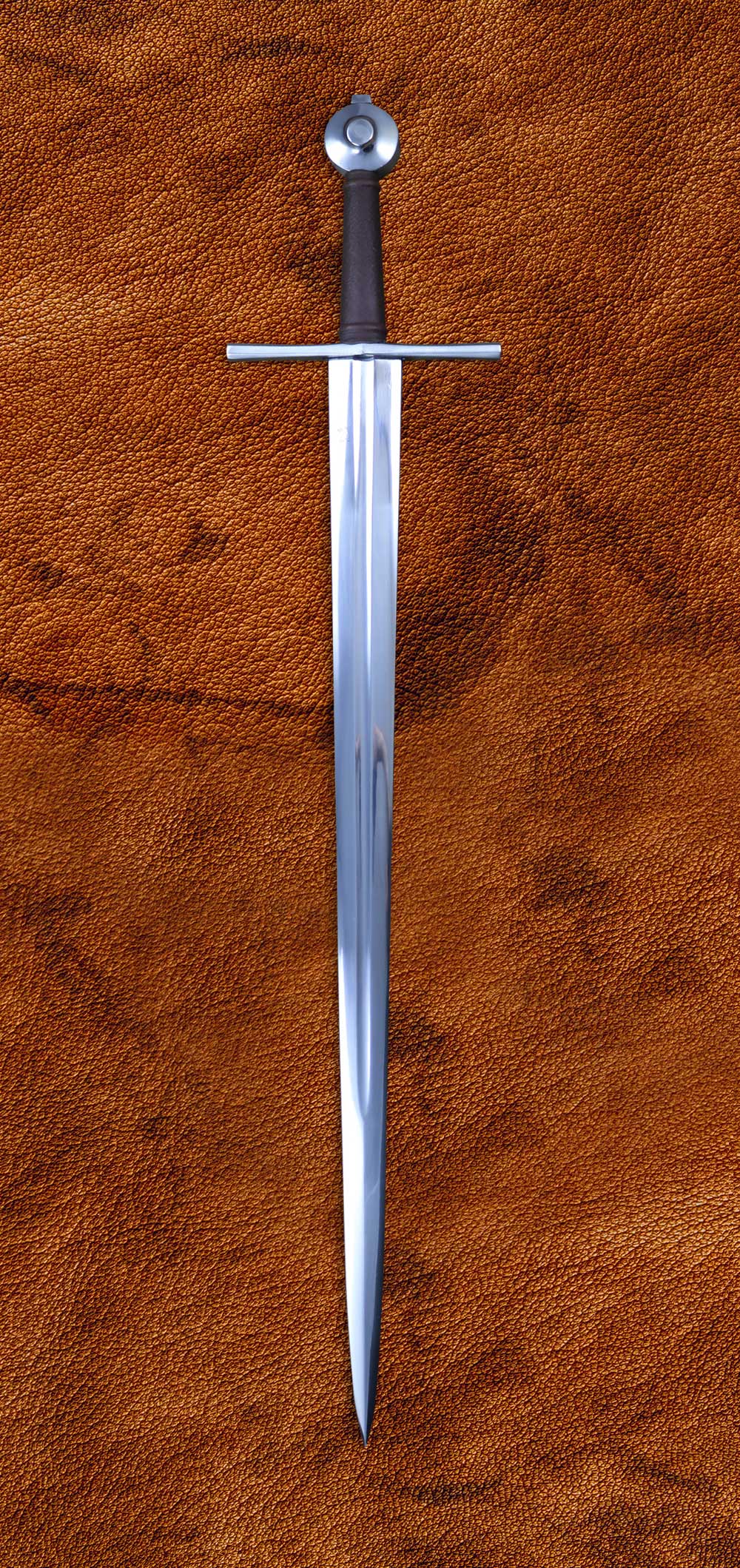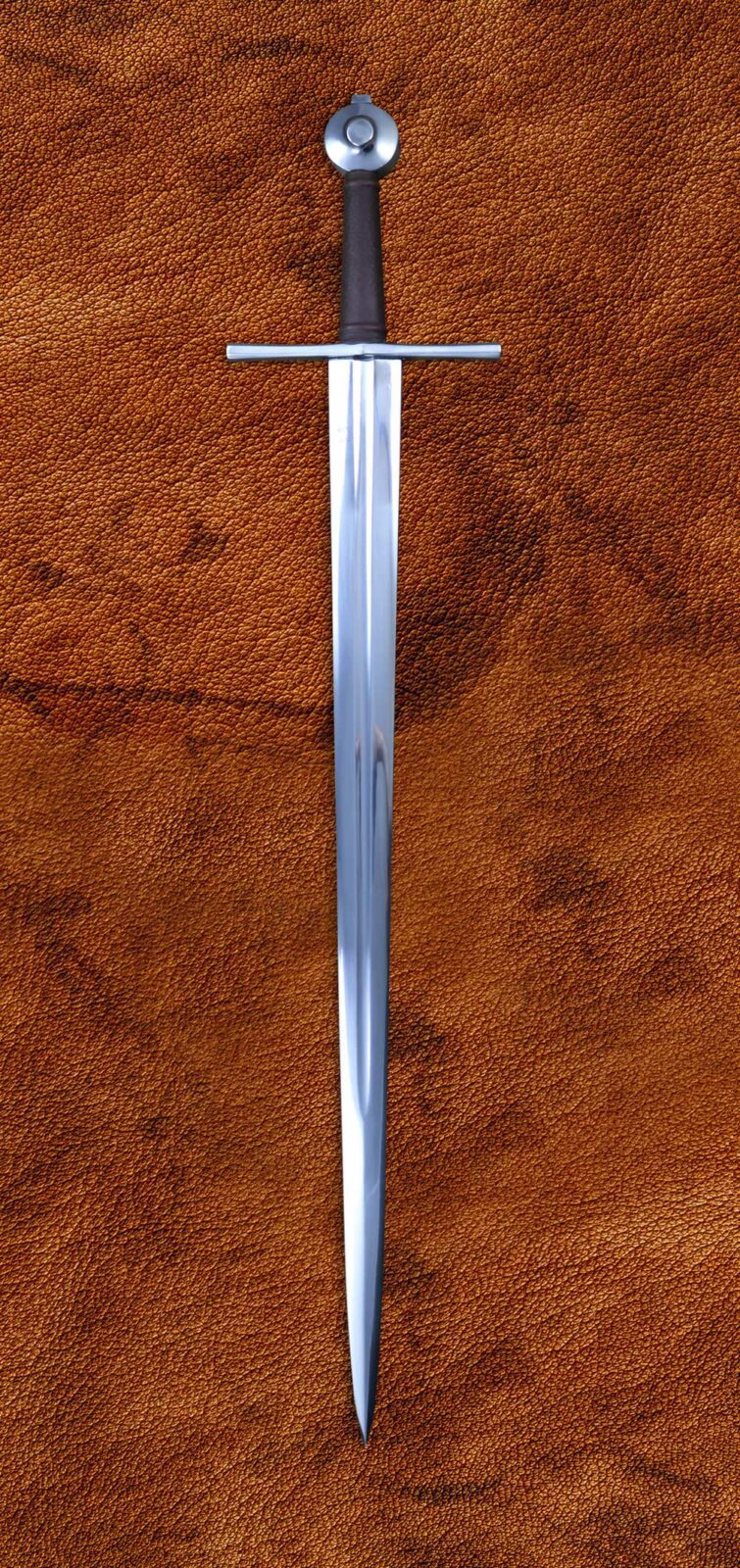
It was a specialist weapon wielded by certain Landsknechte (mercenary soldiers), so-called Doppelsöldners.Ĭlassification by blade type Han dynasty Jian swords (above) Double-edge and straight swords The Zweihänder ("two-hander") or Beidhänder ("both-hander") is a true two-handed sword, in the sense that it cannot be wielded in only one hand. The two-handed claymore is an early Scottish version of a greatsword. "large/great sword") can refer to either the longsword with a distinctive two-handed grip, or the basket-hilted sword. The Scottish name " claymore" ( Scottish Gaelic: claidheamh mór, lit. The top hand would push, and the bottom hand would pull this gave extra leverage thus the sword would be easier to swing, ignoring much of its weight. The point would be to hold the grip with one hand at the top of the grip, and one hand at the bottom. These swords were too heavy to be wielded one-handed and possessed a large grip for leverage. the same height as the user) such as the Oakeshott type XIIa or Oakeshott type XIIIa. The great sword proper was developed during the Renaissance, but its earlier cousin, the Scottish Claymore, was very similar in size and use, like the "outsized specimens" between 160–180 cm (63–71 in) (approx. Great swords or greatswords are related to the long swords of the Middle Ages.

1850.Īpparently, many swords were designed for left-hand use, although left-handed swords have been described as "a rarity". It is also used as a possible gloss of the obscure term tonsword by Nares (1822) "one-handed sword" is somewhat later, recorded from c. "Single-handed sword" is used by Sir Walter Scott. The term "single-handed sword" (or "one-handed sword") is a retronym coined to disambiguate from "two-handed" or "hand-and-a-half" specimens.

ĭuring the first half of the 20th century, the term "bastard sword" was used regularly to refer to this type of sword, while "long sword" or "long-sword", if used at all, referred to the rapier (in the context of Renaissance or Early Modern fencing). The term "hand-and-a-half sword" is modern (late 19th century). the Bidenhänder sword favoured by the Landsknechte of 16th-century Germany.the Scottish late medieval claymore (not to be confused with the basket-hilted claymore of the 18th century).the European longsword, popular in the Late Middle Ages and Renaissance.The term two-handed sword, used as a general term, may refer to any large sword designed to be used primarily with two hands: Elizabethans used descriptive terms such as "short", "bastard", and "long" which emphasized the length of the blade, and "two-handed" for any sword that could be wielded by two hands.Ĭlassification by hilt type Warring States era jian (double edged sword) Handedness The most well-known systematic typology of blade types of the European medieval sword is the Oakeshott typology, although this is also a modern classification and not a medieval one. All these newly introduced or redefined terms add to the confusion of the matter. Furthermore, there is a deprecation of the term "broadsword" by these associations. Historical European Martial Arts associations have turned the term spada da lato into "side-sword". Terminology was further complicated by terms introduced or misinterpreted in the 19th century by antiquarians and in 20th century pop culture, and by the addition of new terms such as "great sword", " Zweihänder" (instead of Beidhänder), and "cut-and-thrust sword". Others are modern or early modern terms used by antiquarians, curators, and modern-day sword enthusiasts for historical swords. Some of these terms originate contemporaneously with the weapons which they describe.

In modern history, many of these terms have been given specific, often arbitrary meanings that are unrelated to any of their historical meanings. These terms were often described in relation to other unrelated weapons, without regard to their intended use and fighting style. "arming sword", "broadsword", "long sword", etc.) were used to label weapons of similar appearance but of different historical periods, regional cultures, and fabrication technology. Historical terms without a universal consensus of definition (i.e. There is no historical dictionary for the universal names, classification, or terminology of swords a sword was simply a double-edged knife. The English language terminology used in the classification of swords is imprecise and has varied widely over time. Hand-and-a-half sword, probably German, c. ( October 2012) ( Learn how and when to remove this template message)

Statements consisting only of original research should be removed. Please improve it by verifying the claims made and adding inline citations. This article possibly contains original research.


 0 kommentar(er)
0 kommentar(er)
